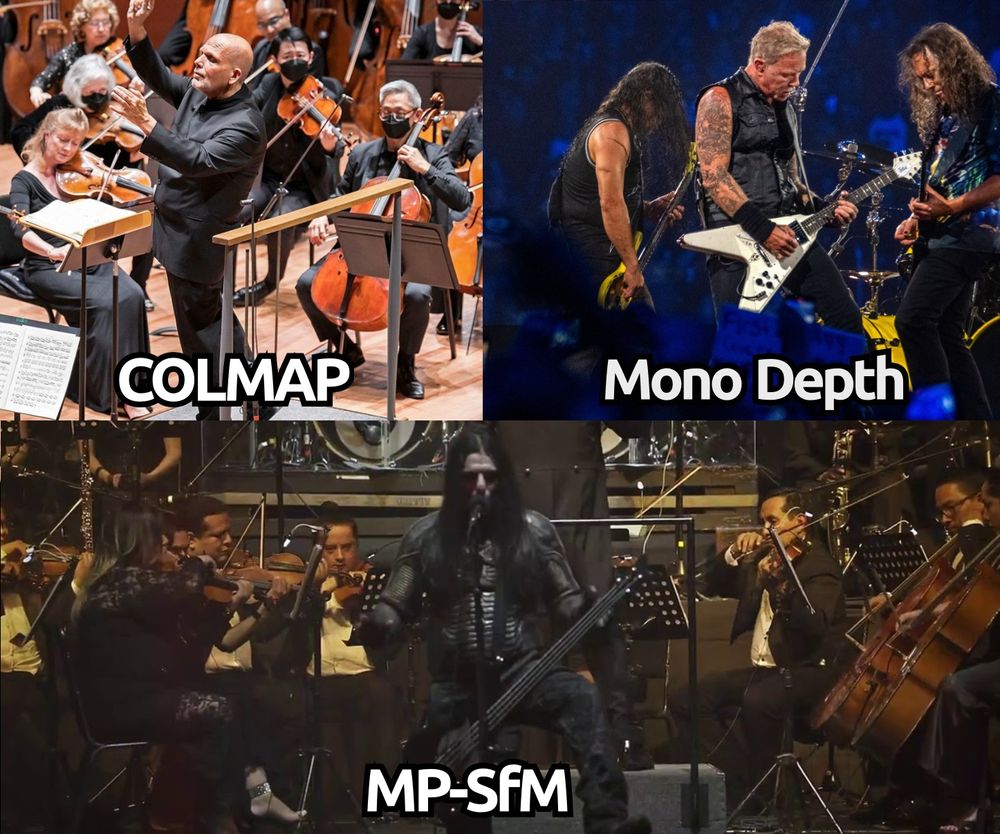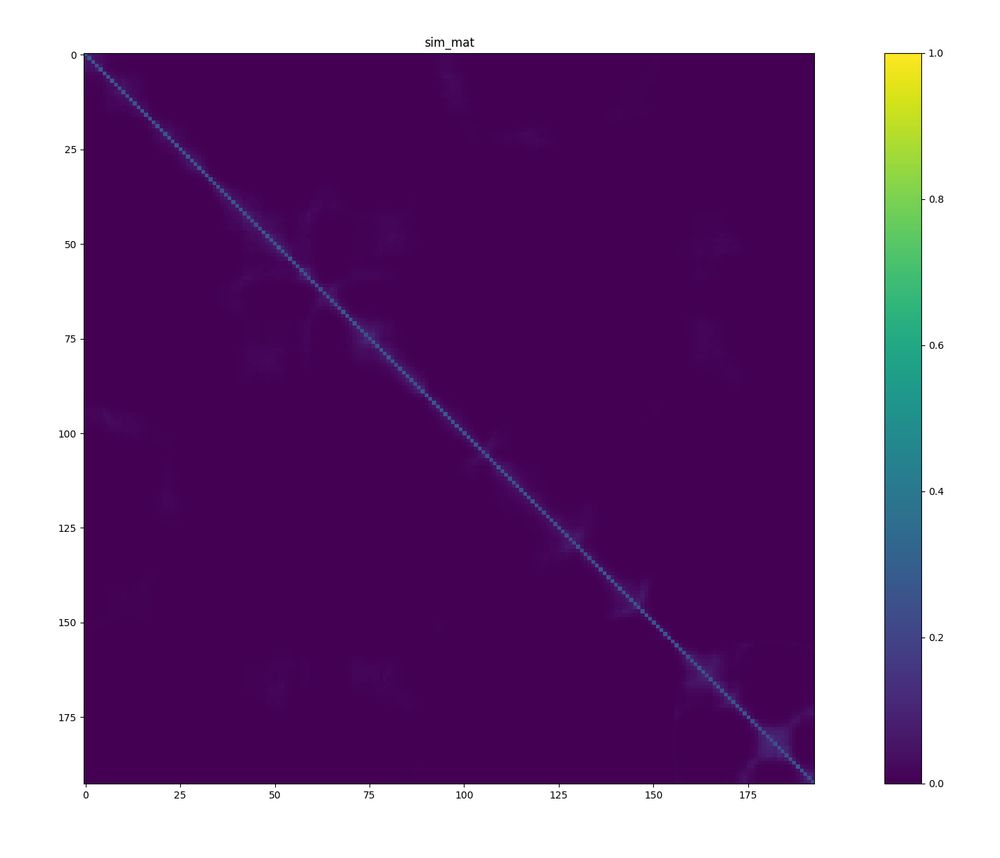I'm actually mostly interested in the binary classification (interesects / doesn't intersect)

I'm actually mostly interested in the binary classification (interesects / doesn't intersect)
We have the technology!
2025 vs. 2016


We have the technology!
2025 vs. 2016
These guys had it figured out, i'd skip the question mark tho.

These guys had it figured out, i'd skip the question mark tho.
www.desmos.com/calculator/q...

www.desmos.com/calculator/q...
Very cool problem formulation, awesome results!
Also, a great excuse for a joke for like 3 people.

Very cool problem formulation, awesome results!
Also, a great excuse for a joke for like 3 people.
I also wouldn't underestimate my ability to write shitty code.

I also wouldn't underestimate my ability to write shitty code.



On the other hand if something like COLMAP fails, it likely is a correspondence problem, so at least you get some insight into what went wrong. Harder to reason about what went wrong in latent space.

On the other hand if something like COLMAP fails, it likely is a correspondence problem, so at least you get some insight into what went wrong. Harder to reason about what went wrong in latent space.


I am however having a bit of a hard time fully understanding the optimization for pose, and error minimized in eqn. 7. I assume this minimizes α, and not β (in the illustration below)

I am however having a bit of a hard time fully understanding the optimization for pose, and error minimized in eqn. 7. I assume this minimizes α, and not β (in the illustration below)
This is also a reason why I never felt Metric3D's scaling of focal lengths is sufficient

This is also a reason why I never felt Metric3D's scaling of focal lengths is sufficient
dK_0^{-1}[u,v,1]^T = (ad + b)K_1^{-1}[u,v,1]^T
This is untrue as K_0 and K_1 will give us different rays. No change to the scalar will make the equation hold in general case?

dK_0^{-1}[u,v,1]^T = (ad + b)K_1^{-1}[u,v,1]^T
This is untrue as K_0 and K_1 will give us different rays. No change to the scalar will make the equation hold in general case?


